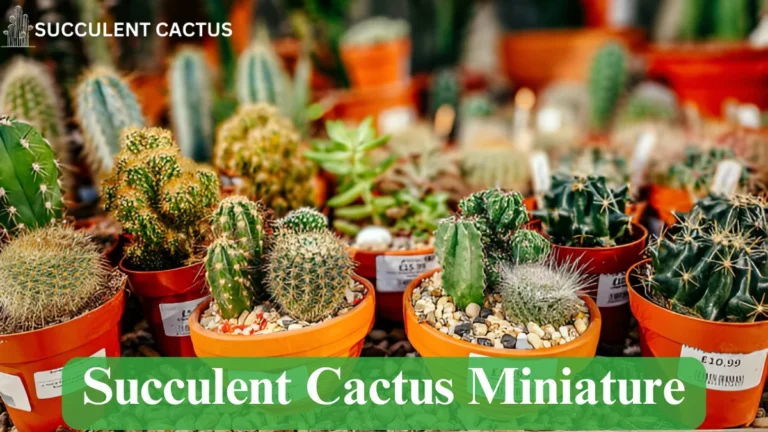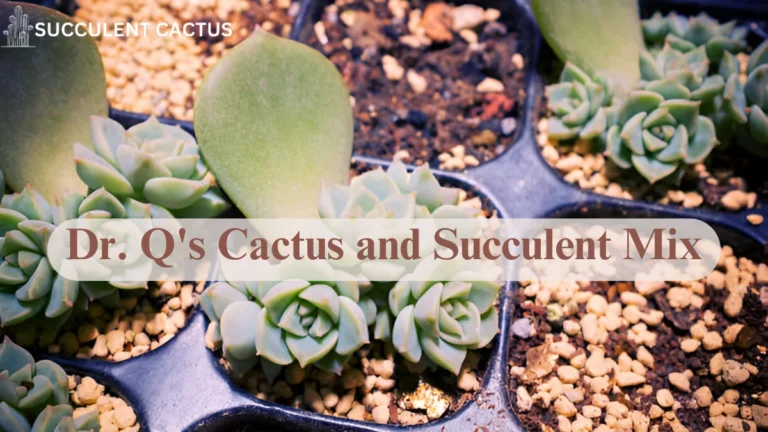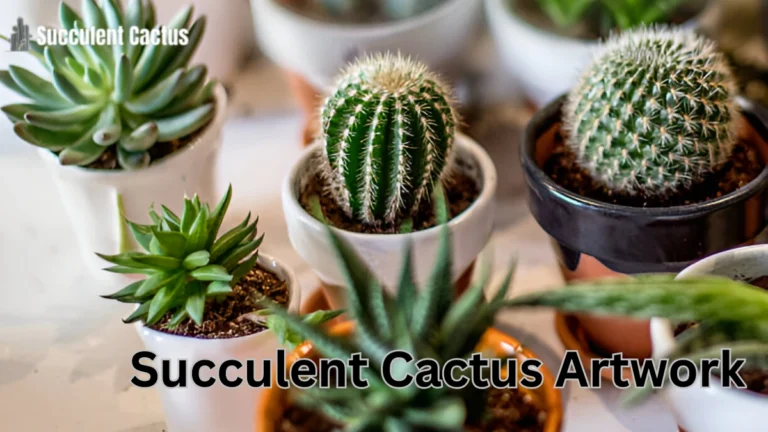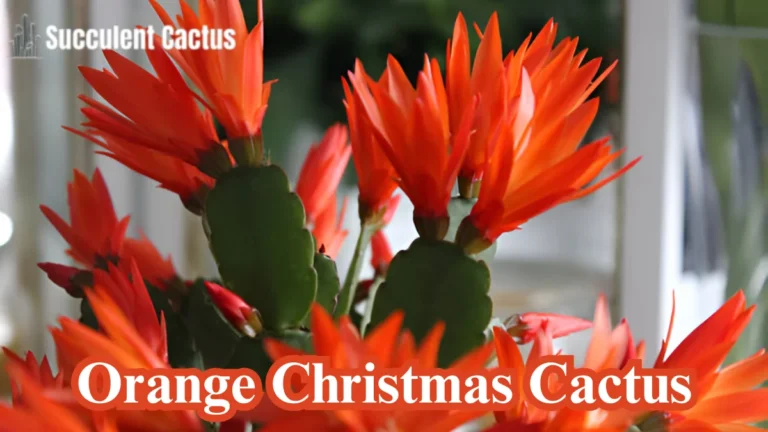Cactus Varieties: Explore Popular Types and Care Tips

Cacti are some of the most unique and resilient plants, thriving in harsh, arid environments while offering an array of shapes, sizes, and colors. There are hundreds of different Cactus Varieties, each with its own distinct features and specific care needs. Whether you’re a seasoned gardener or just starting your cactus journey, understanding these different varieties and their care requirements is crucial for successful cultivation.
In this comprehensive guide, we will explore popular Cactus Varieties, offering care tips and insights into each type to help you grow healthy and thriving cacti in your garden or home. By understanding the specific needs of each cactus species, you can create a flourishing environment and avoid common mistakes.
Why Knowing Cactus Varieties is Important
Cacti are part of the Cactaceae family, and the term “cactus” refers to many species that can vary widely in appearance, growing habits, and environmental requirements. Each of the Cactus Varieties has its own preferences for soil, water, temperature, and light, making it crucial for gardeners to understand what each variety needs. The right care will ensure your cacti grow strong, produce beautiful flowers, and stay healthy for years.
Knowing your cactus varieties can also help in choosing the right plants for your space, whether you are looking for small, low-maintenance indoor plants or large, striking outdoor specimens. Understanding the natural environment of each cactus variety allows you to replicate those conditions in your garden or home.
Popular Cactus Varieties
Here, we will cover some of the most popular Cactus Varieties that gardeners love. These cacti are not only beautiful but also relatively easy to care for, making them perfect for both beginners and experienced gardeners.
1. Saguaro Cactus (Carnegiea gigantea)
The Saguaro is one of the most iconic Cactus Varieties, known for its towering height and arms that grow as the plant matures. Native to the Sonoran Desert, this cactus can live for over 100 years.
- Care Tips:
- Light: Full sun
- Watering: Deep watering during the growing season; minimal water in winter
- Soil: Well-draining, sandy soil
- Temperature: Prefers high heat but is frost-sensitive
2. Prickly Pear Cactus (Opuntia spp.)
Prickly pear cacti are among the most versatile Cactus Varieties, with many species to choose from. Their flat, broad pads and beautiful blooms make them a favorite for gardeners.
- Care Tips:
- Light: Full sun to partial shade
- Watering: Water deeply but allow the soil to dry out between waterings
- Soil: Well-draining, sandy soil
- Temperature: Tolerates drought and heat, but sensitive to frost
3. Barrel Cactus (Ferocactus spp.)
Barrel cacti are famous for their round, ribbed bodies and colorful spines. They often grow in the desert and can reach impressive heights.
- Care Tips:
- Light: Full sun
- Watering: Allow the soil to dry completely between waterings
- Soil: Well-draining cactus mix
- Temperature: Prefers hot, dry climates but tolerates some cold
4. Golden Barrel Cactus (Echinocactus grusonii)
The Golden Barrel is one of the most recognizable Cactus Varieties due to its spherical shape and golden spines. It grows slowly but can live for decades, making it a fantastic ornamental plant.
- Care Tips:
- Light: Full sun
- Watering: Water sparingly, especially during winter
- Soil: Fast-draining, sandy soil
- Temperature: Prefers heat and dry conditions, but is frost-sensitive
5. Bunny Ears Cactus (Opuntia microdasys)
The Bunny Ears cactus is named for its flat pads that resemble bunny ears. This cactus species is low-maintenance, making it a great choice for novice gardeners.
- Care Tips:
- Light: Full sun
- Watering: Water when the soil is dry to the touch
- Soil: Well-draining, cactus-specific soil
- Temperature: Thrives in warm climates, can tolerate light frost
6. Christmas Cactus (Schlumbergera spp.)
The Christmas cactus is well-loved for its beautiful flowers that bloom during the holiday season. It is native to the humid rainforests of Brazil, which makes it different from many other cacti.
- Care Tips:
- Light: Bright, indirect light
- Watering: Keep the soil slightly moist, especially during blooming season
- Soil: Well-draining, slightly acidic potting mix
- Temperature: Prefers cooler temperatures during the blooming season
7. Easter Cactus (Hatiora gaertneri)
Similar to the Christmas cactus, the Easter cactus blooms in the spring and adds a vibrant splash of color to your home or garden during the early months of the year.
- Care Tips:
- Light: Bright, indirect light
- Watering: Keep the soil moderately moist but not soggy
- Soil: Well-draining potting mix
- Temperature: Prefers cool to moderate temperatures for flowering
Cactus Care for All Cactus Varieties
While each of the Cactus Varieties has its own care requirements, some basic cactus care principles apply to all species. Whether you have a Saguaro or a Christmas cactus, following these general care tips will help ensure your cactus thrives.
1. Watering
Cacti are drought-tolerant plants and need very little water, especially during the winter months. The general rule of thumb is to water deeply but infrequently. Allow the soil to dry completely between waterings, and ensure that excess water can drain freely from the pot. Overwatering is a common mistake that can lead to root rot.
2. Lighting
Most cacti prefer full sun, but there are exceptions. Indoor cacti, such as the Christmas cactus, may do better in bright, indirect light. For outdoor cacti, ensure they receive at least six hours of direct sunlight daily to thrive.
3. Soil
Cacti require well-draining soil to prevent waterlogging. You can buy cactus-specific soil mixes or create your own by adding sand and perlite to regular potting soil. The soil should not retain too much moisture.
4. Temperature and Humidity
Most cacti thrive in warm, dry conditions. Keep them in a place with minimal humidity, as cacti do not like damp environments. Be sure to protect them from frost during the colder months.
5. Fertilizing
Cacti are not heavy feeders, but they benefit from a light dose of fertilizer during the growing season. Use a balanced, water-soluble fertilizer diluted to half strength. Avoid fertilizing during the dormant season, as cacti typically don’t need extra nutrients when they aren’t actively growing.
Common Problems and Solutions with Cactus Varieties
1. Overwatering
One of the most common issues with cacti is overwatering. If you notice yellowing, mushy stems, or root rot, it may be a sign that you’ve watered too much. Let the soil dry out completely and reduce the frequency of watering.
2. Pests
Common pests like mealybugs, aphids, and scale insects can attack cacti. If you spot pests, gently remove them with a soft cloth or use insecticidal soap.
3. Sunburn
While cacti love the sun, some varieties can get sunburned, especially if they’ve been acclimated to lower light conditions. If you notice browning or bleaching on the surface, move your cactus to a more shaded area for a few days to recover.
Conclusion
Exploring the vast world of Cactus Varieties opens up a wide range of possibilities for both beginner and experienced gardeners. Each variety has its own beauty and charm, from the towering Saguaro to the delicate blooms of the Christmas cactus. Understanding the unique care needs of each variety, from watering habits to light preferences, is key to growing healthy and vibrant cacti. Whether you’re creating a cactus garden outdoors or adding some greenery to your indoor space, these fascinating plants can thrive with the right care and attention.
By choosing the right Cactus Varieties for your environment and following essential care tips, you can enjoy the beauty and resilience of these amazing plants for years to come.






